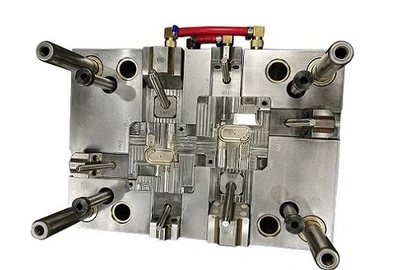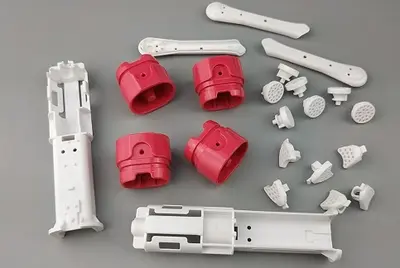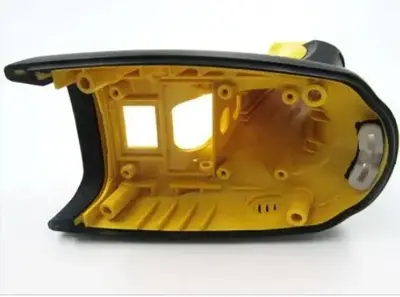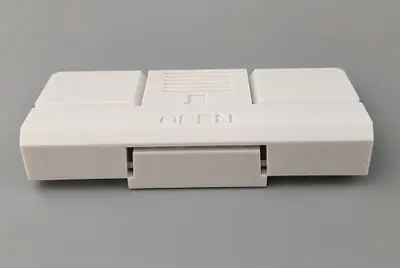

The development trend of steel that is used in European and American household appliances is carbon tool steel, low alloy tool steel, high alloy tool steel. A series of new mould materials have appeared, and the alloying degree of standard steel of mould is also increasing day by day. For example, in the United States, the alloy elements of the 15 kinds of hot work die steel is greater than 5%, and ten kinds of alloy elements are greater than 10%, accounting for 80% of the consumption. The new hot-working home appliance mold steels developed by various contries
1. Ultralarge forging die steel with high hardenabilities, such as 40NiCrMoV7 in international standard ISO, 40NCD16 in French NF standard, etc.;
2. High thermal strength die steel, such as THE United States H10A, and special steel company 5Mn15Ni5Cr8Mo2V2 steel;
3. High-temperature hot work die steel, such as American T2M, T2C.
In order to meet the special requirements of cold-worked electric molds, the new cold-worked mold steels developed in various countries are as follows:
1. High toughness, high wear resistance die steel, such as Vasco Die (8Cr8Mo2Vsi) steel from American Vanadium Alloy Steel Company;
2. Low alloy air quenched micro-deformation steel, such as ASTM standard steel A14, A16, etc.;
3. Powder metallurgy cold work die steel, such as THE United States CPM10V, Germany 320CrVMO13.5.
1. Plastic die steel with good free cutting and polishing ability, such as 412 and M-300 of the United States, YAG of Japan, EAB of The United Kingdom, Stavax-13 of Sweden, etc.;
2. Pre-hardened plastic die steel, such as THE United States P20, 445, Japanese PDS, Germany MOVTREX-A(2312) and so on;
3. Integral hardened plastic die steels, such as A2, D3, and H13, etc.
4. Corrosion-resistant plastic mold steel, such as 110CR-MO17 in ISO, Sweden ASSAB 4Cr13, and so on.
From infiltration of a single element for home appliance mold to co-infiltration of multi-element, complex infiltration, From general diffusion to CVD, PVD, PCVD, ion infiltration, ion implantation, and other directions. The coating that can be used is TiC, TiN, TiCN, TiAlN, CrN, Cr7C3, W2C, etc. At the same time, the heat treatment means developed from atmospheric heat treatment to vacuum heat treatment.
At present, people increasingly pay attention to laser reinforcement, glow ion nitride and electroplating (brush plating), anti-corrosion reinforcement, and other technologies. To strengthen the competitiveness, the production of foreign household appliance dies steel of home appliance molding parts to concentrate from dispersion, and many companies merge across the country.
To increase competitiveness, these companies have built perfect and technologically advanced production lines and scientific research bases for household appliance die steel, which has been formed several world-famous die and mold production and research centers to meet the rapid development of the die and mould industry.






 Call us on:
Call us on:  Email Us:
Email Us:  1st Floor, Block1, No.3 Beiting Road, Houting Community, ShaJing Street, Bao'An District, Shenzhen City, Guangdong Province, China
1st Floor, Block1, No.3 Beiting Road, Houting Community, ShaJing Street, Bao'An District, Shenzhen City, Guangdong Province, China